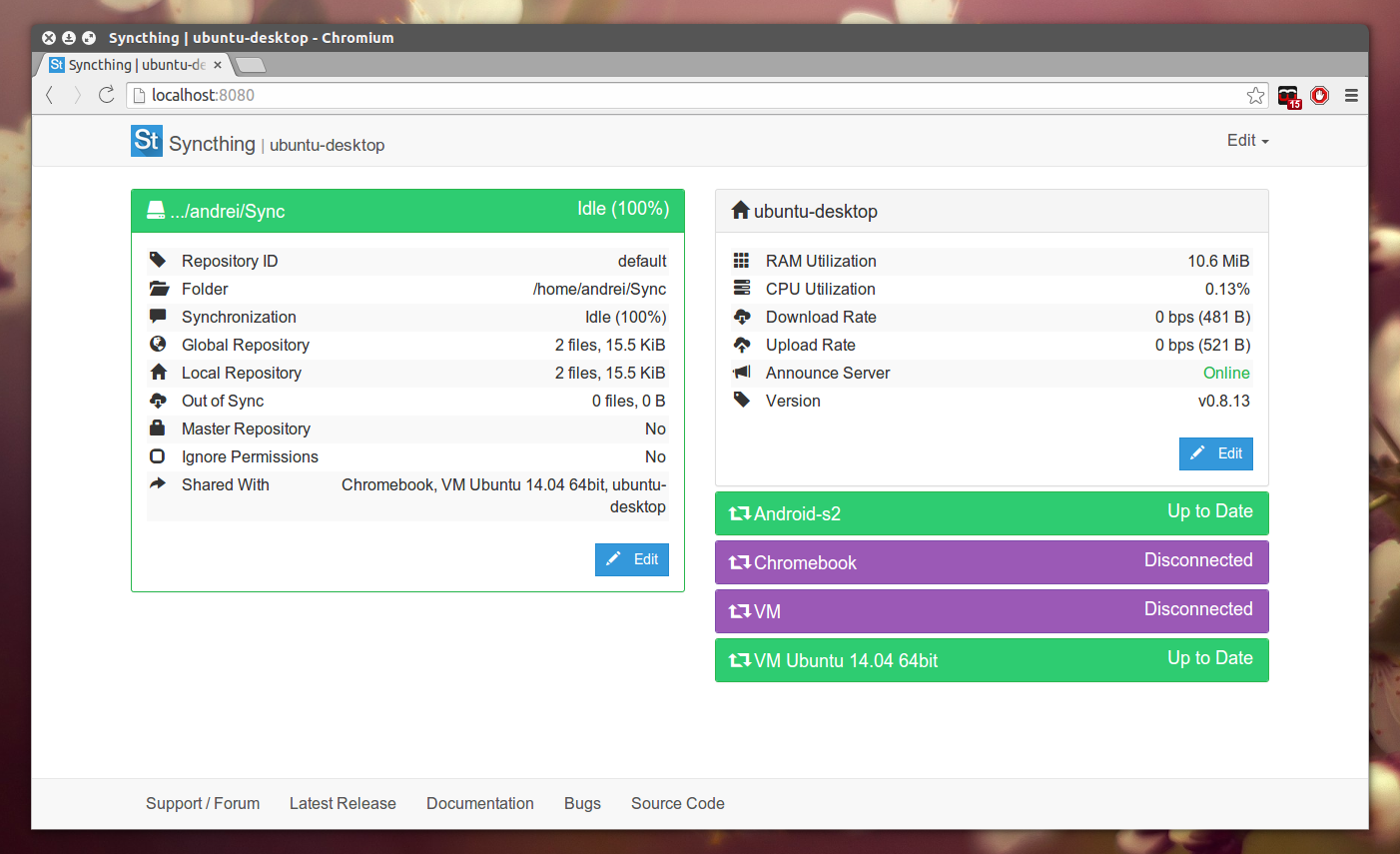Introduction to Syncthing
As the digital world expands, the need for secure, efficient, and user-friendly file synchronization solutions has become increasingly crucial. Syncthing, an open-source tool, has emerged as a popular choice for Linux users looking to synchronize files across multiple devices. Its decentralized nature, coupled with robust security features, makes it an ideal choice for those who prioritize privacy and control over their data. In this guide, we will delve into the world of Syncthing, exploring its features, benefits, and how you can make the most of it on your Linux system in 2024.
Why Choose Syncthing?
When it comes to file synchronization, several options are available, including popular services like Dropbox, Google Drive, and OneDrive. However, Syncthing sets itself apart with its focus on privacy and decentralization. Unlike traditional cloud services, Syncthing operates without a central server, meaning your files are never stored on a third-party server. This peer-to-peer approach ensures that your data remains solely under your control. Additionally, Syncthing is highly customizable, allowing users to tailor it to their specific needs and preferences. Its open-source nature also means that a vibrant community of developers is constantly working to improve and update the software.
Installing Syncthing on Linux
Getting started with Syncthing on Linux is a straightforward process. First, you'll need to install the software on each device you wish to synchronize. Most Linux distributions include Syncthing in their repositories, making installation a breeze. For Ubuntu users, a simple `sudo apt install syncthing` command will do the trick. Alternatively, you can download the latest release from the official Syncthing website and follow the installation instructions provided. Once installed, you can access Syncthing through a web-based GUI, allowing you to manage your synchronization settings with ease.
Read also:Exploring The Timeless Influence Of Saul Bass In 2024
Configuring Syncthing for Optimal Performance
After installing Syncthing, the next step is configuring it to suit your needs. The software provides a user-friendly interface accessible via your web browser, where you can add folders and devices to synchronize. It's important to set up folder paths correctly to avoid any synchronization mishaps. Additionally, you can customize advanced settings such as rescan intervals, versioning, and file ignore patterns to fine-tune the performance. Regularly updating Syncthing is also crucial to ensure you have the latest features and security patches.
Security Features of Syncthing
Security is a key concern for anyone using file synchronization tools, and Syncthing doesn't disappoint. It uses TLS for secure communication between devices, ensuring your data is protected during transit. Moreover, Syncthing generates a unique device ID for each instance, which acts as a form of authentication. This means that only devices you explicitly allow can connect and synchronize with your Syncthing network. For additional security, you can enable features like HTTPS access to the web GUI and password protection to safeguard your configuration settings.
Advanced Syncthing Features
Syncthing offers several advanced features that cater to power users and those with specific needs. One such feature is the ability to set different folder types, such as send-only or receive-only, which can help prevent accidental data loss. The software also supports versioning, allowing you to retain previous versions of files and recover them if necessary. Moreover, Syncthing's resource efficiency makes it suitable for use on devices with limited hardware capabilities, such as Raspberry Pi, ensuring that you can synchronize files across a diverse range of devices.
Troubleshooting Common Syncthing Issues
Like any software, Syncthing may occasionally encounter issues. Common problems include synchronization conflicts, network connectivity issues, and high resource usage. Fortunately, Syncthing provides detailed logs that can help diagnose and resolve these issues. The official Syncthing documentation and community forums are also valuable resources for troubleshooting and support. Regularly checking for software updates and ensuring proper configuration can prevent many common issues from arising in the first place.
Integrating Syncthing with Other Tools
Syncthing's flexibility allows it to integrate seamlessly with other tools and workflows. For instance, you can combine Syncthing with backup solutions to create a comprehensive data protection strategy. Additionally, Syncthing's REST API enables developers to build custom applications and scripts that interact with the software, expanding its functionality. Whether you're looking to automate tasks or enhance your existing infrastructure, Syncthing's interoperability makes it a versatile addition to any tech stack.
Community and Support
The Syncthing community is a vibrant and active group of users and developers dedicated to improving the software. Whether you're a beginner or an advanced user, the community offers a wealth of resources, including forums, chat rooms, and user guides. Engaging with the community can provide valuable insights, tips, and support as you navigate the world of Syncthing. Moreover, contributing to the project, whether through code, documentation, or feedback, is a great way to give back and help shape the future of this powerful tool.
Read also:Exploring The Enigmatic World Of Jon Carpenter A 2024 Perspective
Conclusion: Embrace the Future with Syncthing
In 2024, as digital privacy and data security continue to be paramount, Syncthing stands out as an excellent choice for Linux users seeking a reliable and secure file synchronization solution. Its open-source nature, combined with robust security features and a user-friendly interface, makes it an attractive alternative to traditional cloud services. By leveraging Syncthing's capabilities, you can ensure your data remains under your control, while also enjoying the convenience of seamless file synchronization across all your devices. Embrace the future of file synchronization with Syncthing, and experience the freedom and peace of mind it offers.


